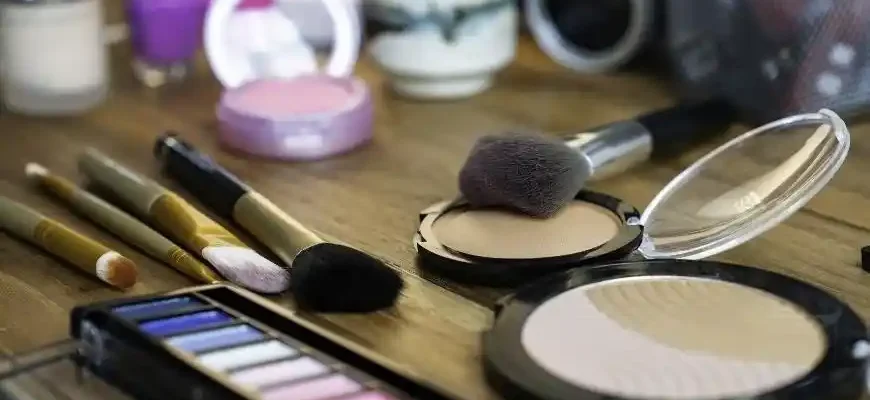Makeup is a personal journey—one that varies from person to person. Whether you’re in your teens just starting out or well into your 50s looking to refresh your approach, the basics remain the same. A good makeup routine is about enhancing your natural features, expressing your creativity, and sometimes—let’s be honest—covering a little bit of what you might prefer to keep under wraps. But like all good things, there’s a starting point. Here’s a breakdown of how to start a makeup routine, backed by solid research and a good dose of common sense.
Understanding the Basics
A makeup routine doesn’t need to be complicated. In fact, with the right approach, you can achieve a polished look in under 10 minutes—whether you’re in a rush or just don’t want to spend hours perfecting your look.
1. Skin Care First: Prep Your Canvas
One of the most important steps (yet often overlooked) in your makeup routine is skincare. A smooth, well-hydrated face is the best base for any makeup. And when your skin is healthy, makeup lasts longer and looks better. The skin care step should include:
- Cleansing: Remove any dirt, oil, or old makeup.
- Toning: Balances the skin’s pH and preps it for moisturizers.
- Moisturizing: Keeps the skin hydrated, which prevents makeup from caking or settling into fine lines.
- SPF: Sun protection is a must, even if you’re staying inside. Exposure to UV rays can cause premature aging and skin cancer.
A study published in Dermato-Endocrinology (2012) showed that daily sunscreen use reduced skin aging signs by 24%. That’s as good a reason as any to slap on a little SPF before applying anything else.
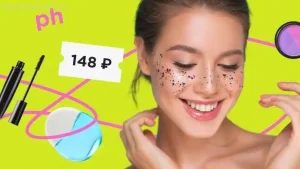
2. Foundation: The Base Layer
Now that your skin is prepped, it’s time to pick your foundation. This step can feel overwhelming, given the plethora of options—liquids, powders, sticks, BB creams, and more. Here’s what you need to know:
- Choose Your Formula: If you have dry skin, opt for a moisturizing foundation or BB cream. For oily skin, you might prefer a mattifying formula. For mature skin, a dewy finish can add a healthy glow.
- Match Your Shade: This can be tricky, but it’s worth the effort. To find your perfect shade, test the foundation on your jawline and blend. The key is to match your undertones (cool, warm, neutral).
- Application: Use a foundation brush or sponge for an airbrushed finish. A clean fingertip can also work for light coverage.
3. Concealer: Target Problem Areas
Concealer is your best friend when it comes to hiding dark circles, blemishes, or redness. Apply it where needed, and blend carefully so it doesn’t look like you’ve drawn a target on your face. Keep in mind:
- Under the Eyes: Choose a shade a little lighter than your foundation to brighten the area.
- Blemishes and Redness: Choose a shade that matches your skin tone to cover imperfections without drawing attention to them.
- Use Sparingly: Too much concealer can make things worse. A small dab goes a long way.
4. Setting Powder or Spray: Lock It In
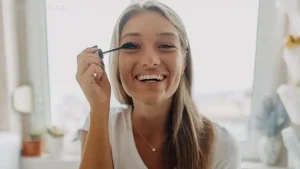
Now that your base is done, you need to set it to avoid that dreaded midday shine. Powder can help control oil, but be careful not to overdo it. For a more natural finish, try a setting spray, which will lock everything in place while giving you a dewy, fresh look.
Defining Your Features: Eyes, Lips, and Cheeks
Once you’ve perfected your base, it’s time to move on to the fun stuff: defining your eyes, lips, and cheeks.
5. Eyes: Eyebrows, Eyeliner, and Mascara
Eyes are one of the most expressive features of the face, so naturally, you’ll want to give them a little attention.
- Eyebrows: Well-groomed brows frame your face and make a significant difference. A pencil or brow gel can help fill in sparse areas.
- Eyeliner: A fine line along your upper lash line can make your eyes pop. If you’re feeling adventurous, you can try a smoky eye or bold eyeliner look.
- Mascara: No makeup routine is complete without mascara. It opens up the eyes and adds a youthful, energetic vibe.
6. Blush: A Touch of Color
Blush is a great way to add life and color to your face. When applying, aim for the apples of your cheeks and blend it upwards along the cheekbone. Whether you go for a cream, powder, or gel blush depends on your skin type:
- Powder Blush works best for oily or combination skin.
- Cream Blush adds a healthy glow and is excellent for dry skin.
- Gel Blush provides a natural, flushed look, especially for more mature skin.
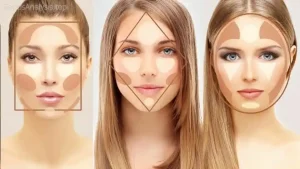
7. Lips: A Final Touch
Lips are the finishing touch. A swipe of lipstick can instantly elevate your look, whether it’s a bold red or a nude. Lip liners can help define the shape and prevent feathering. Remember, it’s not just about the color but the texture, too. If you’re looking for a more natural finish, go for a tinted lip balm.
The Science Behind Makeup
Makeup isn’t just about aesthetics; there’s actual science involved. Many makeup products today contain ingredients that benefit the skin, from antioxidants to hyaluronic acid. And some studies suggest that makeup can even boost self-esteem.
A 2017 study from Psychological Science found that makeup application can make women feel more competent and confident. But be cautious: while makeup can enhance self-esteem, there’s also evidence that excessive reliance on it can sometimes lead to negative body image, especially when used to mask deep insecurities. Balance is key.
A Word on Negative Effects
While makeup can be a great confidence booster, there are a few potential downsides that deserve attention:
- Skin Sensitivity: Some products, especially heavy foundations or products with fragrances, can irritate sensitive skin. Always do a patch test before trying new products.
- Breakouts: Makeup can sometimes clog pores, leading to acne. Opt for non-comedogenic products if you’re prone to breakouts.
- Removal: Always thoroughly remove your makeup at the end of the day. Leaving makeup on overnight can cause clogged pores and premature aging.
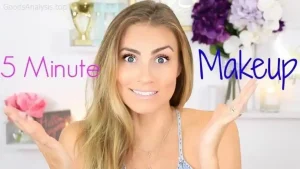
Different Perspectives on Makeup
Here are a few perspectives from people around the world on makeup and its importance:
- Anna, 32, UK: “I love makeup—it’s a form of self-expression. But I’m careful with the ingredients. I always go for cruelty-free, clean beauty brands.”
- Javier, 45, Spain: “I wear makeup for special occasions. It’s not part of my daily routine, but I see its power to transform. A little touch of eyeliner and a good cologne, and I feel like I can conquer the world.”
- Amina, 27, Nigeria: “Makeup isn’t just about looking good, it’s also about feeling good. When I’m well-made up, I feel confident, like I’m ready to take on whatever comes my way.”
- Raj, 52, India: “In my country, makeup is often associated with women, but I think it’s evolving. More men are exploring beauty and grooming products, and it’s refreshing to see.”
- Sophie, 60, USA: “I’ve been wearing makeup for decades, but as I age, I focus more on skincare and less on heavy foundations. A light BB cream, mascara, and lip gloss are all I need now.”
Final Thoughts: Makeup as a Personal Choice
The key takeaway here is that makeup should serve YOU. Whether you choose to go for a natural, “no-makeup” look or you enjoy experimenting with bold colors and dramatic styles, your routine is yours to define. Embrace the process, experiment, and most importantly—have fun with it. After all, makeup is not just about what’s on the outside, but how it makes you feel on the inside.

